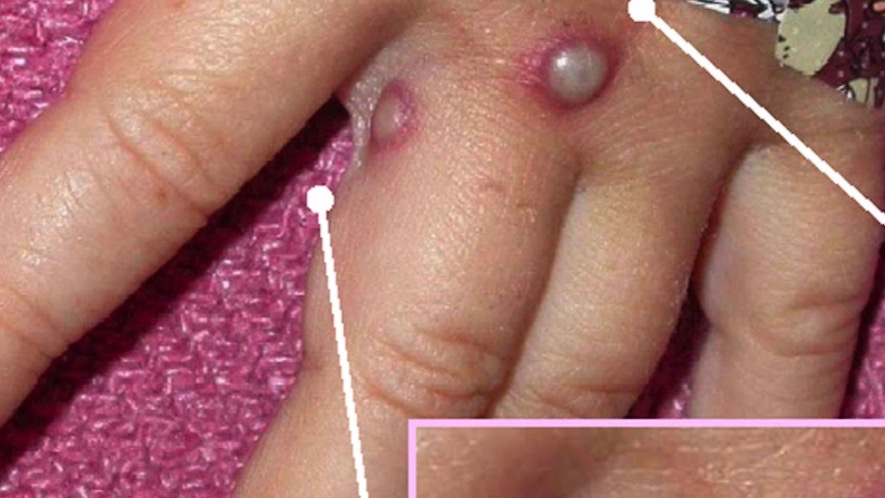Monkeypox is another viral disease that has raised concerns in many parts of the world, and even the World Health Organization (WHO) has declared the need for close monitoring. Reportedly, monkeypox, which is usually confined to the African continent, has spread to at least 11 non-African countries in just a week.
The rare viral disease’s spread in different populations outside Africa has alarmed scientists. Experts say that the recent spread pattern of the disease raises several questions.
Monkeypox was first detected in 1958 among laboratory monkeys and has been named as such. However, monkeys have little to do with the spread of the virus causing the disease. The virus is thought to spread from wild sources like rodents to people and from one infected person to another.
Usually, a few thousand disease cases are reported annually in Western and Central Africa. Cases outside Africa have been limited, and such cases are mostly from travelers to Africa and imports of infected animals.
However, the good thing is that monkeypox does not spread as quickly as the SARS-CoV-2, which causes COVID-19. Moreover, as the virus is related to smallpox, we have vaccines on hand and antivirals. The coronavirus and monkeypox initially show flu-like symptoms, but monkeypox develops fluid-filled lesions on the skin, hand, face and feet. Monkeypox is less deadly too—most people get cured without much treatment within a few weeks.
As recently as May 19, researchers in Portugal have provided the first genome of the monkeypox virus. The genome is that of the virus detected in the country. Experts say it is a preliminary draft genome, and more work is needed before coming to any conclusion.
The genome was a necessity as it will help researchers decipher the genetic characteristics of the viral variant circulating in Portugal and they will be able to conclude its relatedness with those found often in Western Africa.
Compared to the strain found in Central Africa, the Western Africa strain causes mild disease with a death rate of about 1%, especially amongst poor and rural populations. But the preliminary genome data is still insufficient to tell whether the strains responsible for current outbreaks in different countries are related to those in western Africa or whether these strains are related to one another.
Raina MacIntyre, who is an infectious disease epidemiologist at the University of New South Wales, Australia, commented on the latest developments, “Answers to those questions could help determine if the sudden uptick in cases stems from a mutation that allows this monkeypox virus to transmit more readily than those of the past, and if each of the outbreaks traces back to a single origin.”
Another aspect of the viral mutation is that the monkeypox virus is a DNA virus, unlike the SARS-CoV-2. The DNA viruses have DNA as their genetic material, which renders mutations slower in them. On the other hand, RNA viruses are fast-mutating.
Nevertheless, the spread of monkeypox in people who have no apparent connections raises the concern that the virus may be spreading silently, which is a deeply concerning matter for scientists. All these aspects are still under investigation. Any sudden viral outbreak, especially in places not usually affected, raises concern about genetic mutations that may enable the virus to spread faster. Investigations are on urgently to address these concerns.





